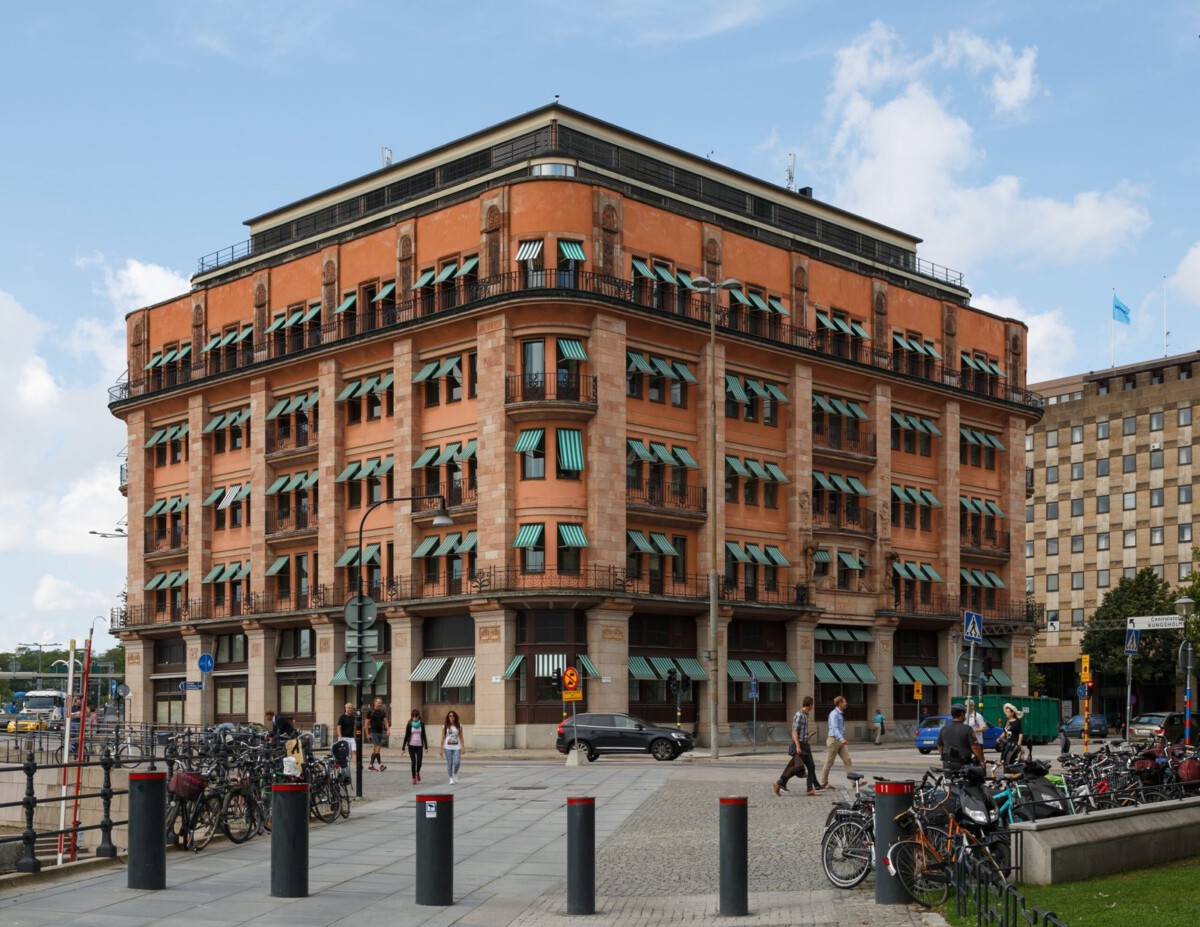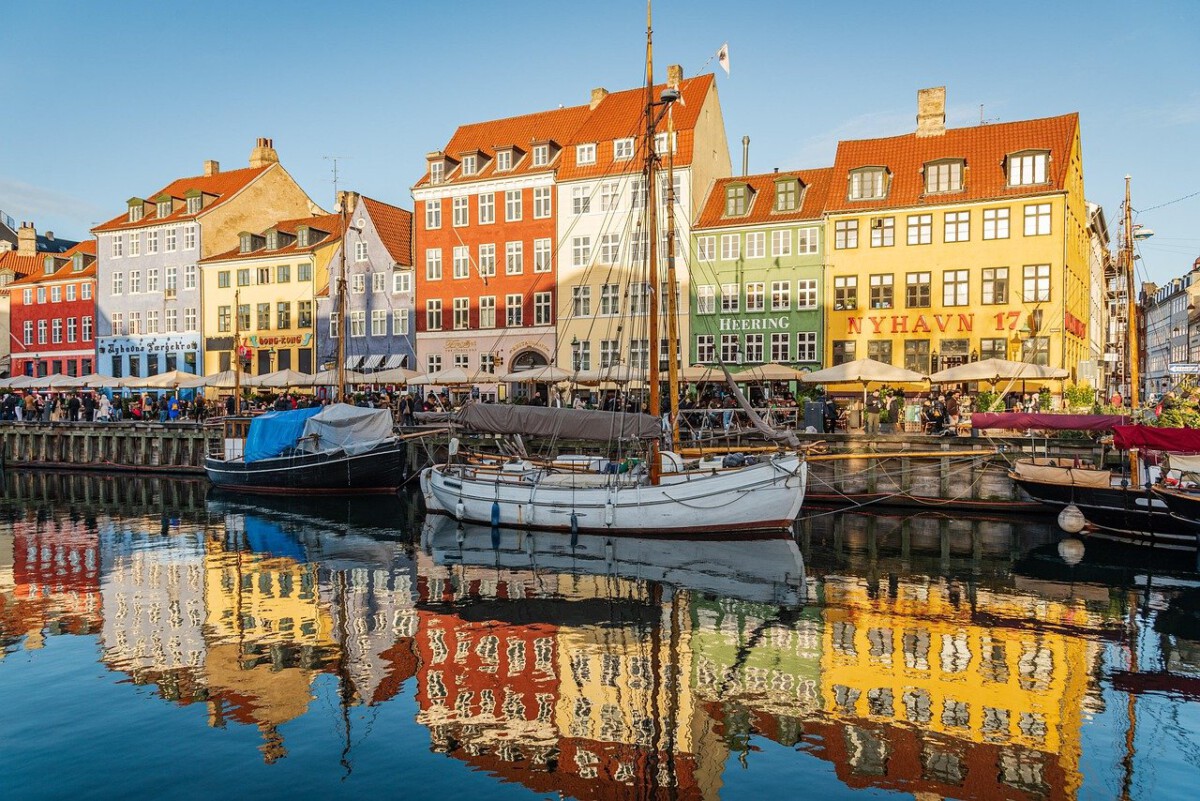Flight Frenzy: Tracking Airfare Trends in 2024

In 2024, airfare prices underwent surprising fluctuations. According to the International Air Transport Association’s (IATA) March 2024 report, global average return airfare for economy class hovered around $310 within North America and $680 for transatlantic flights—a 15% increase over 2023 due to jet fuel price hikes and higher demand. Budget carriers like Spirit and Ryanair continued to offer sub-$100 tickets for off-peak routes, but baggage and seat selection fees often erased the savings. Google Flights’ 2024 analysis showed that the cheapest fares were available when booking 40-60 days in advance, with Tuesday and Wednesday departures averaging 12% less. Meanwhile, flash sales and error fares on platforms like Skyscanner and Scott’s Cheap Flights presented rare opportunities to snag roundtrip tickets for under $150. For the $500 challenge, a careful traveler could still secure roundtrip airfare under $200 if flexible with location and timing, especially when flying to secondary airports.
The Hostel Hustle: Accommodation Costs and Trends

Hostels and budget accommodations remain the go-to for frugal travelers. Hostelworld’s 2024 global trends report found the average dorm bed price in Europe at $31 per night, while Southeast Asia boasted even lower rates, around $12-$18. In the United States, the average hostel price hit $41, with higher rates in major cities like New York and San Francisco. Airbnb’s 2024 Q1 data revealed that private room rentals averaged $44 per night in urban areas, but prices dropped to $29 in rural or suburban locations. Capsule hotels in Japan and Korea maintained affordable nightly rates (around $20–$25). Some travelers reduced costs further by couchsurfing or house sitting, with Couchsurfing.com reporting a 19% increase in hosts in 2024. For a full week, budgeting $120–$180 for basics and supplementing with occasional free stays made a $500 trip possible, especially outside of high season.
Eating on a Dime: Food Prices Around the World

Food costs can make or break a budget trip. The Numbeo Global Cost of Living Index (April 2024) showed that street food and fast-casual meals in Southeast Asia, such as Bangkok or Hanoi, averaged $2.10 per meal, while in Europe’s major cities, the average was $7.30. In the U.S., fast food meals cost about $9, but grocery stores like Aldi and Lidl in Europe offered meal kits for $3–$5 per serving. Food inflation in 2024 was moderate, with most cities seeing a 3-4% rise over the previous year. Many travelers reported saving by shopping at local markets and preparing their own meals; Hostelworld noted kitchens in 85% of their listings, allowing guests to cook with locally sourced ingredients. Apps like Too Good To Go, which connects consumers with discounted surplus food, expanded to 18 countries in 2024 and helped travelers grab meals for under $4. With a mix of street food, supermarket meals, and occasional splurges, most backpackers spent $70–$90 on food for a week.
Getting Around: Local Transportation Hacks

Local transport can eat into a travel budget if not managed carefully. The 2024 Urban Mobility Report from INRIX revealed average public transportation fares remained steady, with European cities like Berlin or Madrid charging $2.90 per ticket, and unlimited weekly passes averaging $24. In Southeast Asia, single metro rides cost less than $1, while day passes were typically $2–$3. North America’s public transit was pricier, with New York’s weekly MetroCard at $34. Rideshare apps like Uber and Bolt offered new user promotions in 2024, and many cities introduced “micro-mobility” options—e-scooters, bikes, and mopeds—with daily passes under $7. BlaBlaCar and FlixBus continued to dominate intercity travel in Europe, with tickets between $6 and $25. For those willing to walk or cycle, costs dropped dramatically. Research by Hostelworld in April 2024 showed that the average budget traveler spent $30–$50 on all local transportation during a one-week trip.
Free and Cheap Attractions: Maximizing Every Dollar

Travelers in 2024 increasingly sought out free and low-cost attractions. The European Travel Commission’s 2024 survey found that 62% of visitors to major cities prioritized parks, beaches, and public museums, many of which waived entry fees on certain days. In London, British Museum and National Gallery remained free, while Paris offered the Louvre gratis on the first Sunday of each month. Sites like FreeTour.com reported a 27% surge in attendance for tip-based walking tours in 2024. City tourism boards in Prague and Budapest offered bundled city cards, slashing entry fees for multiple attractions—Budapest’s card cost $33 for 72 hours and included public transport. In Southeast Asia, temples and historic sites often charged less than $3, and nature reserves were typically free or requested small donations. Social apps like Meetup and Couchsurfing Events connected travelers with free local gatherings, hikes, and language exchanges. These choices allowed travelers to experience culture and history on a shoestring.
Travel Insurance: Balancing Safety and Budget

The cost of travel insurance became a hot topic in 2024 as global disruptions and medical costs rose. According to Squaremouth, a leading travel insurance comparison site, the average price for a week-long international policy was $32 in Q1 2024, up 8% from 2023. Coverage included medical emergencies, trip cancelation, and lost luggage, with some policies tailored for adventure activities costing slightly more. The World Health Organization emphasized that uninsured travelers faced average hospital bills of $1,200 in Europe and $2,700 in the U.S. for minor emergencies. Some budget travelers skipped insurance, but consumer advocates in 2024 strongly advised against it due to increasing reports of theft and illness. Insurtech startups, like SafetyWing and World Nomads, offered flexible, per-day coverage, letting travelers insure just the days they needed. While insurance could eat into a $500 budget, travelers often considered it a necessary trade-off for peace of mind.
Technology and Apps: The New Budget Traveler’s Toolkit

Digital tools became indispensable for saving money in 2024. Booking.com and Hostelworld apps often featured last-minute deals with discounts up to 40%. Hopper’s price prediction algorithm, updated in February 2024, accurately forecasted flight price drops, helping users snag cheaper tickets. Currency exchange apps like Wise offered real-time rates and fee-free spending abroad, while XE’s 2024 update included budgeting features. Google Maps’ offline navigation, paired with Rome2Rio’s multimodal route planning, saved travelers both time and transit costs. Language apps like Duolingo and Google Translate’s enhanced AR mode (launched in January 2024) lowered communication barriers, reducing the need for expensive guides. Social platforms like Reddit’s r/Travel and Facebook travel groups shared flash sales, safety tips, and up-to-date local insights. For those tackling the $500 challenge, these apps often made the difference between overspending and stretching each dollar.
Real-Life Case Studies: Successes and Pitfalls in 2024

Numerous travel bloggers documented their $500 challenges in 2024. Anna Johnson, featured on the “Budget Backpackers” YouTube channel, spent seven days in Lisbon, Portugal, with a total outlay of $472. She utilized Ryanair’s $95 roundtrip fare from Berlin, bunked in a $24-per-night hostel, used a Lisbon City Card ($22), and dined on supermarket fare and pastel de nata. Conversely, a Redditor named “TheoTravels” attempted the same challenge in New York City but overshot his budget by $130, citing higher-than-expected transit and food costs. Hostelworld’s April 2024 spotlight featured a group from Canada who traveled through Vietnam, reporting total expenses of $398 each for a week, thanks to ultra-cheap food, buses, and $10 hostels. These accounts showed that success depended heavily on destination, flexibility, and detailed planning—unexpected fees or splurges could quickly derail a tight budget.
Global Economic Shifts: The Impact on Travel Affordability

The global economic climate in 2024 influenced travel costs in unpredictable ways. The International Monetary Fund’s April 2024 World Economic Outlook reported a 4.2% inflation rate across advanced economies, with energy and food prices rising fastest. Currency fluctuations affected purchasing power; the U.S. dollar remained strong against the euro and yen, making Europe and Japan relatively cheaper for Americans. Southeast Asian currencies weakened, driving up prices for locals but keeping costs low for foreign travelers. Hostelworld’s CEO, Gary Morrison, noted a 12% increase in bookings from North America to Eastern Europe, where tourists sought better value. In contrast, South America’s travel sector faced price surges due to political instability and fuel shortages. Amid these shifts, experienced travelers watched exchange rates and inflation indexes closely, timing trips to maximize their $500 budgets and avoid sudden cost spikes.
Is the $500 Challenge Still Possible in 2025?

Data from early 2025 indicates the $500 week-long travel challenge remains feasible, but with caveats. The World Tourism Organization’s Q1 2025 report showed that 18% of backpackers successfully completed week-long trips under $500, concentrated in budget-friendly regions like Southeast Asia, Eastern Europe, and parts of Central America. The challenge proved far more difficult in high-cost cities such as New York, London, or Sydney, where even hostels exceeded $55 per night and daily expenses soared. Travel influencers on TikTok and YouTube continued to post viral “$500/week” itineraries, often highlighting lesser-known destinations and leveraging every available discount and hack. The key factors were destination choice, timing, and a willingness to compromise on comfort. With rising global prices and unpredictable fees, meticulous planning and digital savvy made all the difference for today’s budget travelers.





